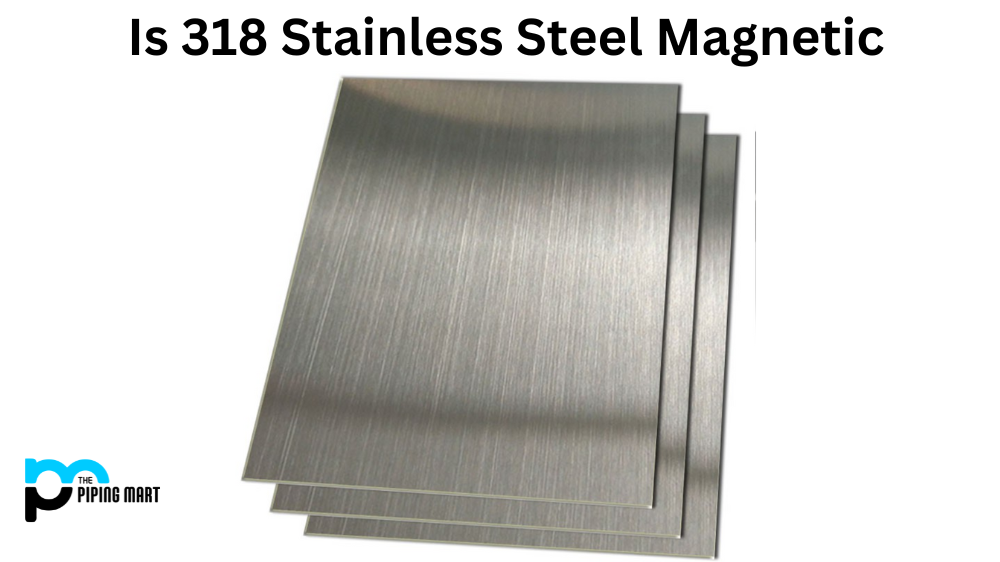Magnesium is a light-weight, silvery metal that has been used in aircraft manufacturing for decades. It is often referred to as “the wonder metal” because it is strong yet lightweight, which makes it ideal for aircraft production. In addition to its strength and light-weight, magnesium also has excellent corrosion resistance and thermal properties, making it the perfect material for use in aircraft. Let’s explore the role of magnesium in aircraft production and why it is so important.
Benefits of Magnesium in Aerospace Industry
One of the primary reasons magnesium is such a popular material for aircraft production is its strength-to-weight ratio. Magnesium is one-third lighter than aluminum yet still strong enough to create a durable structure. This allows manufacturers to reduce the overall weight of an aircraft without compromising on strength or durability. In addition, magnesium has excellent thermal properties and high electrical conductivity, making it perfect for electronic components and other sensitive parts in an aircraft.
Magnesium also offers superior corrosion resistance compared to other materials used in aircraft production such as aluminum or steel. This means that parts made from magnesium can last much longer than those made from other materials before they need to be replaced due to corrosion or wear and tear. Finally, magnesium can be easily recycled, reducing waste during production and helping manufacturers save money while still producing quality parts designed to last.
How Magnesium Is Used in Aircraft Production
Magnesium can be found throughout most modern aircraft including engine components, landing gear parts, wing structures, fuselage frames, and more. Its superior qualities make it ideal for components that require strength but must remain light weight, as well as areas where corrosion protection is essential such as electronic systems or fuel tanks. In addition, magnesium alloys are often used in place of aluminum alloys when additional strength or heat resistance is needed without adding excessive weight or cost to the part being produced.
Magnesium uses in aircraft
- Magnesium is used in aircraft because it is strong yet lightweight.
- Magnesium is used to make engine parts, such as engine blocks and cylinder heads.
- Magnesium is also used to make other parts of the aircraft, such as the frames of the wings and fuselage.
- Magnesium is used in aircraft because it is resistant to corrosion.
- Magnesium is used in aircraft because it has a high melting point, which makes it ideal for casting parts.
- Magnesium is used in aircraft because it conducts heat and electricity well.
- Magnesium is used in aircraft because it is non-magnetic.
- Magnesium is used in aircraft because it is recyclable.
Conclusion:
As you can see, magnesium plays an integral role in modern aircraft production thanks to its unique combination of strength, lightness, and corrosion resistance combined with its low cost and recyclability. From engine components to fuselage frames, this versatile metal has become an essential part of every major aircraft manufacturer’s toolkit over the past few decades – proving just how important this “wonder metal” really is! As technology advances into the future, we can expect newer types of alloys featuring higher levels of strength and heat resistance while remaining light weight – ultimately leading us towards stronger, more efficient airplanes that will revolutionize transportation around the globe!
Meet Heer, a dynamic and driven writer learning tricks of her trade in the metal industry. With a background in Digital Marketing, Heer brings a unique perspective to her writing, sharing valuable insights. Apart from blogging she like reading and hiking.




